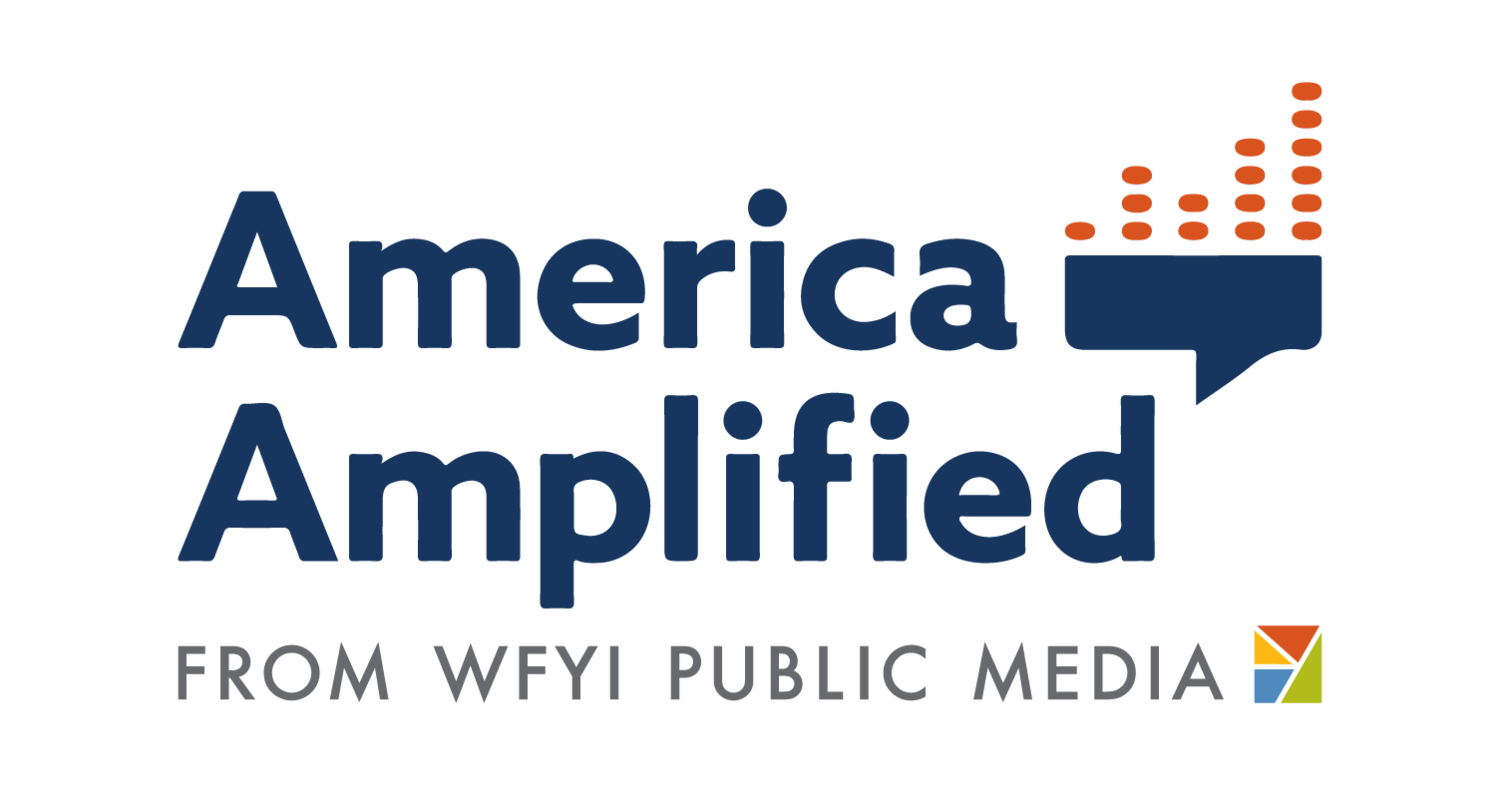
By Matthew Long-Middleton | America Amplified media training manager
Tracking the diversity of your sources is one step toward being a news organization that reflects the community you serve. In the short term, you will want to conduct an audit of your current content to identify who you are already talking to. Read more about how we did an analysis here.
In the long term, your newsroom should implement a diversity tracking tool to use on an ongoing basis. This will help you assess whether you are meeting your goals.
Ultimately, tracking diversity helps newsrooms to produce content that is more reflective and inclusive of all community perspectives.
Diversity Tracking Forms
There are two ways to get the diversity data you need: the reporter asks the source and fills out the information; or the source is given a survey and provides the information themselves. Start by making copies of each of these documents into your own Google Drive.
Form for reporters to use
This is the diversity tracking from reporters would fill out.
Google Form: for collecting
Google Sheet: for sorting
Google Data Studio: for visualization
METHOD:
At the conclusion of the interview the reporter/producer/editor either asks the sources their demographic info (preferred) OR makes their own assessment of the source’s identity (least preferred). Only enter demographic info for sources used in your content.
BENEFITS:
Database will likely have more information than the source-entered approach.
Database will be more quickly populated.
CONSIDERATIONS:
Data will be clouded by the reporters’ own biases and assumptions.
Data will not have the authenticity of how people define themselves.
It will take time, so try spending small chunks of a day entering data.
Form to send to sources
Google Form: for collecting
Google Sheet: for sorting
Google Data Studio: for visualization
METHOD:
The reporter/producer/editor sends an email to the source(s), inviting them to fill out the form.
BENEFITS:
Authentic and accurate data.
Could be perceived as less intrusive by the source(s).
Another way to engage with your sources.
CONSIDERATIONS:
Don’t expect 100% participation right away, though some stations and diversity tracking projects have had 50% to 80% response over time.
If someone hasn’t responded, follow up with a second email.
You can use this in tandem with entering your own information (if you’re making your own assessments).
The data from the forms will populate the spreadsheet, which will populate the Google Data Studio with charts
Definition of terms
Google Form Template
This is where the data is originally entered, either by the reporter/producer or by the source.
It is only to be filled out with the information about or by sources who are quoted or featured in productions (web stories, audio features, newscasts, show segments, podcast episodes, etc.).
When using the source-generated form, be certain to share the public facing link.
Google Sheet (fed by the Google form)
This is where all the data entered into each form/survey is automatically collected.
Do not give out this Google Sheets link to anyone you don't trust with the data as it contains sensitive information.
The Google Data Studio Report (fed by the Google sheet)
Google Data Studio allows you to analyze and slice your data in countless ways.
You can share the Data Studio Report to show the results of your tracking without giving access to the identifying information of sources. To share a report go to the top right and click on “Get report link” that link gives them “viewing” access to the Data Studio report.
Overview
Start with a historical audit of your work
Using the reporter-generated diversity tracking template, select a given period of time (the last 2 months/the last 10 talk shows) and make your best informed speculation into the identities of the sources.
You do not have to assess all the suggested diversity categories included in the template, nor is the template exhaustive. We suggest starting with just 2 or 3 areas of focus and expanding to track more demographics. Consider what your goals are and the potential identity ‘fault lines’:
Race
Gender
Age/generation
Geography
Class
Sexual orientation
Politics
Religion
Education
Assess the findings
Using Google DataStudio you should be able to quickly assess the diversity of sources during this audit period.
Compare your source audit to demographic data for your listening area and/or any specific communities you want to reach. You may need to combine various areas (counties/cities/towns) to more accurately reflect the audience in your broadcast area. The numbers aren’t the goal, but they can be a guide.
Making it an ongoing process.
If your station isn’t implementing diversity tracking across the whole institution you can always track it for your own work.
Sample email format
Here is some suggested language practitioners can use when talking to or emailing sources about diversity tracking:
In an effort to track the representation of people who have shared their perspectives with [STATION], we hope you'll answer these few questions (it should take less than 2 minutes). We really appreciate your time and participation.
*****Email or alternative option******
Thank you for sharing your time and your experience with us.
[STATION] is working to better understand the diversity of people and perspectives we bring to our news coverage. We hope you’ll complete this 2 minute survey (no, really, it’s that quick we timed it) to help us do that.
A link to the show is [here]
Feel free to share the link on social media. [appropriate links to reporter and/or station Facebook | Twitter | Instagram accounts]






